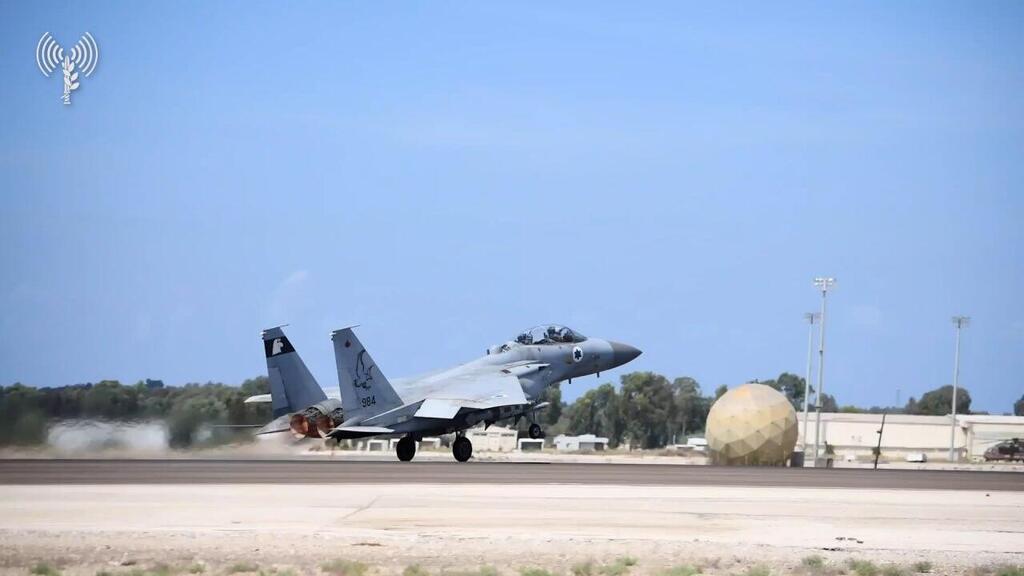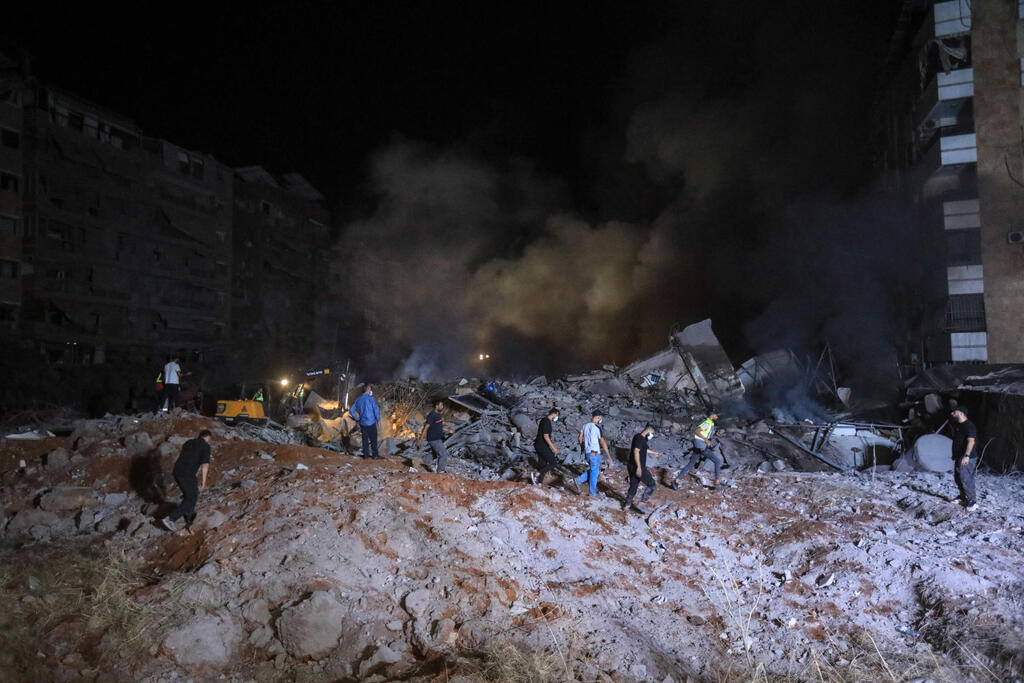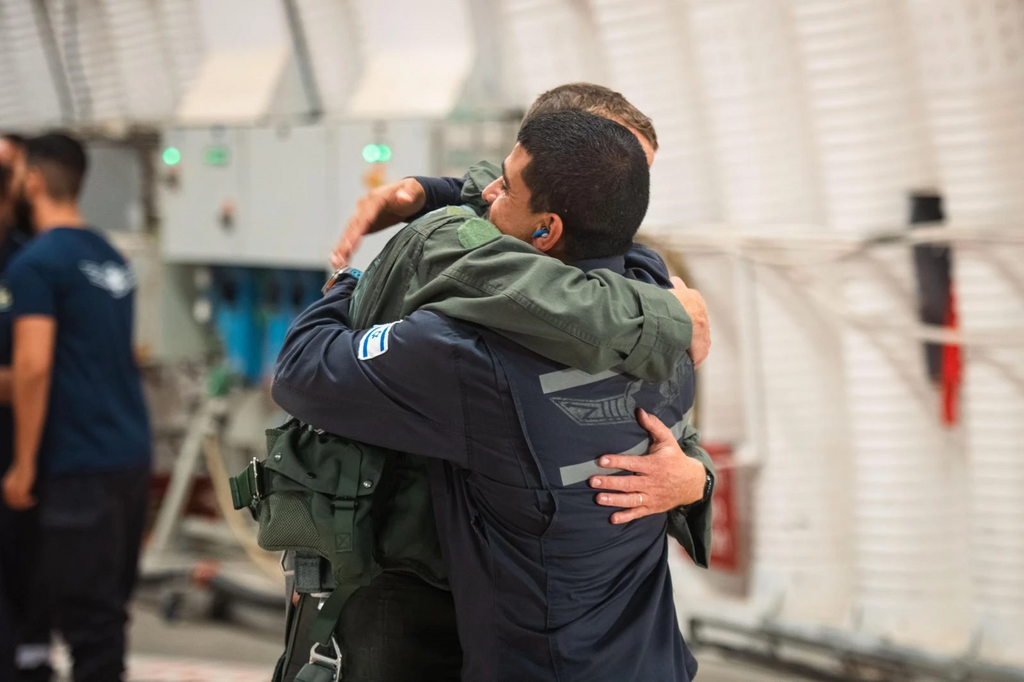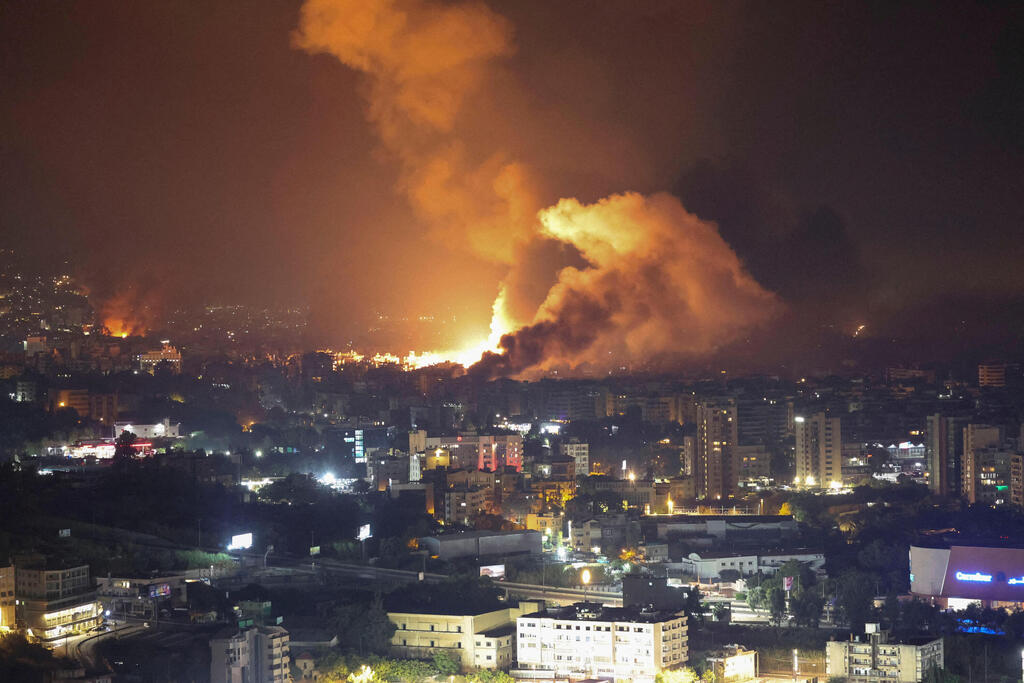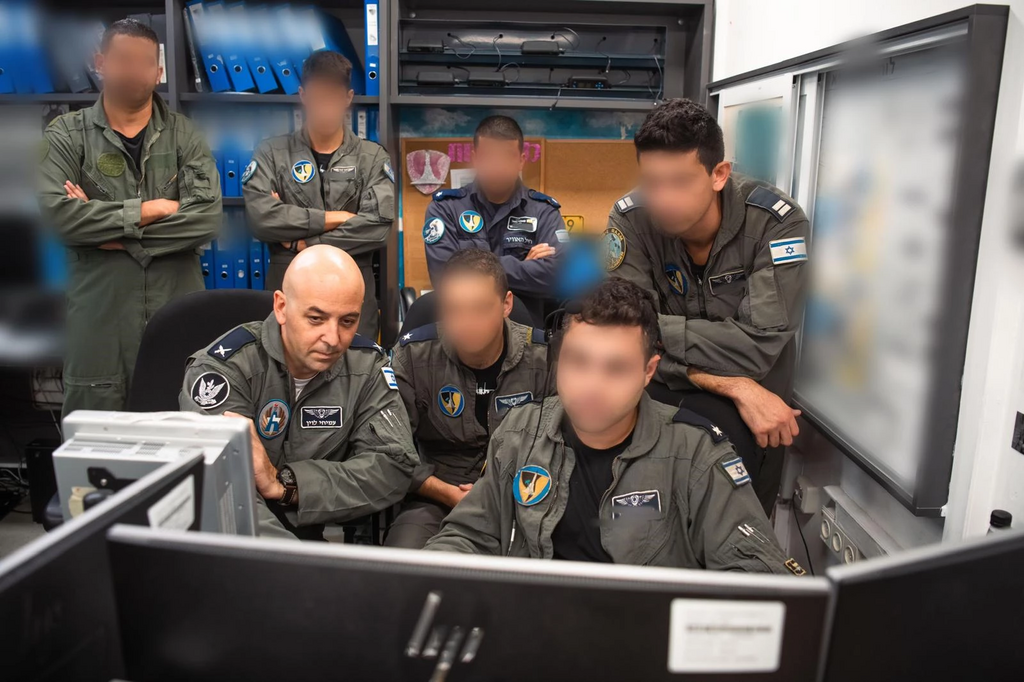Getting your Trinity Audio player ready...
Following the airstrike that eliminated Hezbollah Secretary General Hassan Nasrallah and key operatives, Hatzerim Air Base commander Brig. Gen. Amichai Levin hailed the operation as a historic military success.
In an interview, Levin explained, "Dozens of bombs hit the target within seconds, and no anti-aircraft missiles were fired." The precision strike took out Nasrallah's command bunker in Beirut’s Dahieh district, a move Israel hopes will reshape the strategic landscape in the Middle East.
F15i jets taking off for the strike of Hassan Nasrallah and Hezbollah’s Central Headquarters in Lebanon, from Hatzerim Airbase
(IDF)
Levin, in command for just two weeks before the operation, said the mission was a critical step toward achieving Israel's war objectives. "Nasrallah was the central figure in the Shiite axis," he said, adding that his elimination would significantly impact Hezbollah and Iran's regional strategies.
The operation, conducted by Israel’s elite 69th Squadron, was executed with high-level coordination between intelligence and military units. "The intelligence provided was incredibly precise, which allowed for such a successful mission," Levin said.
He emphasized that the mission showcased a level of decisiveness and initiative that had been missing before October 7, when Israel was caught off guard by surprise attacks from Hamas.
"This is my most important lesson from that day because we must act aggressively and proactively against those who seek to harm us and there are more of them. The mission is not over and we will keep striking Hamas at its roots as we deal with the northern threat."
Elimination of Hassan Nasrallah: The radio communications of the Commanding Officer of the Israeli Air Force, Maj. Gen. Tomer Bar and the Commander of the 69th Squadron
(IDF)
69th Squadron commander Lt. Col. M. noted that his wife is from a kibbutz near the northern border and her family was evacuated at the beginning of the war. "This is a significant firepower with many planes. We waited for a few days until an opportunity arose. People realized this was an unusual opportunity, and therefore they had to know how to succeed and be very precise. Young teams that had only completed training a year ago, along with 50-year-olds in the reserves, participated in the mission.
"We knew exactly who was the target"
The squadron commander led the formation alongside a reservist pilot. Describing the mission, Lt. Col. M. said, "The operation went smoothly, exactly as planned. We knew exactly who was the target."
Following the landing, the emotional commander reflected on the significance of the mission. "I hugged the crew because you probably only do something this big and historic once in a lifetime. The second hug was for my technical officer, who worked tirelessly to arm the planes. His brother was killed on the Lebanese border. The third was to my family, at Friday night dinner. We didn't talk much, waiting for results, but they understood."
Lt. Col. M. revealed that the target's identity was kept secret until just hours before the operation. "When the pilots learned who the target was, they understood the mission's value and risk."
Brig. Gen. Levin added, "The key operational challenge was precise intelligence—ensuring the target didn't flee before the strike. We employed creative tactics to ensure success." He noted that Hezbollah's anti-aircraft defenses were neutralized prior to the operation, and the pilots synchronized a large amount of ordnance, striking within seconds of each other.







